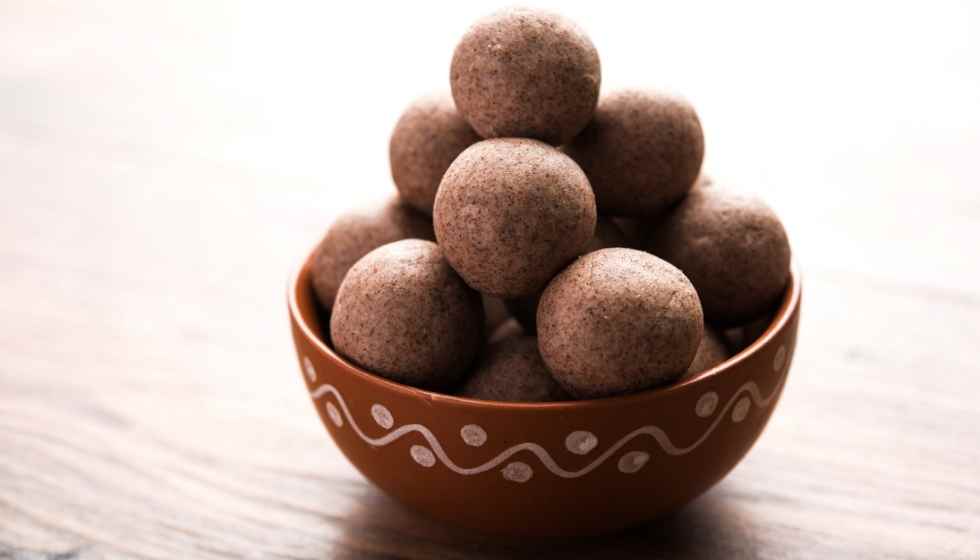Introduction
Diabetes is a chronic health condition that can last an entire lifetime. Also called an autoimmune disease, it is a health condition that affects the body’s natural way of converting food into energy. Food that is consumed is first converted by the body into sugar or glucose, which is subsequently released into the bloodstream. When the level of glucose in the bloodstream increases, the pancreas releases insulin to maintain the sugar level in the body. Our bodies need sugar for energy, but the level should be just enough for that purpose. The body of a person with diabetes does not produce the required amount of insulin, and the sugar level in the blood goes up. Over time, the person’s kidneys and other vital organs will stop functioning properly, which can be fatal.
Types of Diabetes
Typically, diabetes is of two types, Type 1 and Type 2. Type 1 is caused when our body’s immune system destroys the insulin-producing cells in the pancreas. Type 2 diabetes is caused when the body builds up resistance to insulin. In women, the early symptoms of diabetes are frequent urinary tract infection, yeast infection, and dry and itchy skin. Among men, symptoms such as erectile dysfunction (ED) and poor muscle strength are more noticeable, along with general symptoms such as frequent urination, thirst, weight loss, excessive hunger, and blurry vision.
No specific medicine has been developed to cure diabetes as yet, and the only way to keep it under control is by changing one’s lifestyle and eating habits. Remaining active by exercising regularly and consuming healthy food grains, oils, and some particular fruits can keep this fearful health condition in check. Speaking of food grains, let us look at one product called finger millet or ragi, and whether ragi is good for diabetes. After delving into the different characteristics of ragi, we can come to our own conclusion.
Nutritional Value of Ragi
Per 100 gm serving of ragi has 336 kcal of energy, 7.7 gm of protein, 1.5 gm of fats, 11.5 gm of fibre, 72.5 gm of carbohydrates, 350 mg of calcium, 3.9 mg of iron, 137 mg of magnesium, 283 mg of phosphorus, 5.94 mg of manganese, and 408 mg of potassium. Ragi is a rich source of methionine, isoleucine, leucine, phenylalanine, phenolic compounds, and phytochemicals, which have antioxidant properties. The Glycemic Index (GI) of ragi is less than 40, which makes it a powerhouse of minerals and vitamins with fibre.
Benefits of Ragi for Diabetics
- Ragi has anti-inflammatory properties, which benefit those affected by diabetes, as they regularly experience inflammation due to insulin resistance.
- As ragi is rich in dietary fibre, it can help resolve constipation-related problems. Diabetics generally face this problem of constipation.
- Dietary fibres present in ragi are also helpful in reducing fats in the body. Diabetics usually gain weight easily. Ragi can help in maintaining or even reducing weight.
- Ragi is a rich source of iron. It can help diabetics increase the count of healthy red blood cells, which enables in healing wounds quickly.
- Diabetics have to deal with blood pressure issues. Potassium is essential to maintain the blood pressure of the body. Ragi has 408 mg of potassium per 100 gm of serving, which can help patients in keeping their blood pressure under check.
- The bone strength of patients with diabetes weakens over time. Calcium sources present in ragi can help in increasing bone strength.
- Proteins in ragi can be useful in restricting the wear and tear of the body cells. Diabetes causes problems such as muscle and joint pains. Ragi can help overcome such issues.
- Ragi can protect people from cardiovascular diseases, typically by controlling cholesterol levels, which diabetics face as the disease progresses over time.
- The low GI of ragi prevents the bloodstream from absorbing sugars at a faster rate, which in turn helps maintain the blood sugar level. Thus, ragi can be paired with any high GI food to prevent a sudden surge in blood glucose levels.
Thus, we have seen that consumption of ragi, especially by diabetics, helps in maintaining blood sugar and cholesterol levels. It is a good substitute for white rice and wheat. Further, dietary fibre in ragi helps control hunger pangs and regulates digestion to keep blood sugar levels under check.
Ways to Consume Ragi
1. We can make porridge with ragi.
2. Ragi paratha is another delicious and healthy food item.
3. Ice cream and ragi pasta are available in the market.
4. Pudding can be prepared with ragi.
5. Ragi cookies make a tasty snack item.
6. Laddoos made with ragi can be consumed by adding a very tiny amount of sugar.
Ingredients made using ragi must have very low sugar content as well as other ingredients responsible for raising blood sugar levels.
Conclusion: We have seen that ragi has excellent nutritional values. Being rich in antioxidants, proteins, calcium, and potassium, it helps deal with problems such as constipation, blood pressure, oxidative stress, inflammation, and heart problems. Ragi has a low GI, making it suitable for consumption by diabetics. It can be paired with high GI foods to keep blood glucose levels at acceptable levels. Ragi can be consumed by preparing items such as porridge, cookies, pasta, and paratha.

